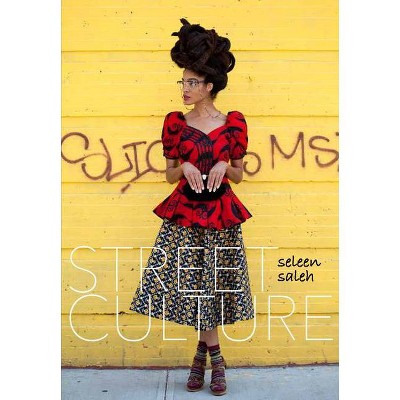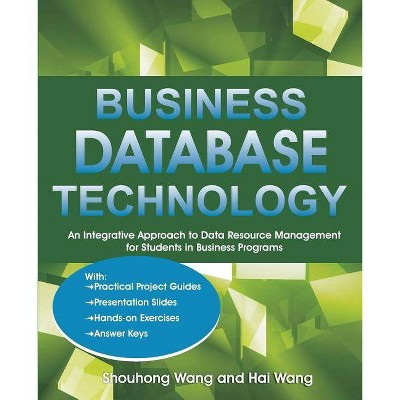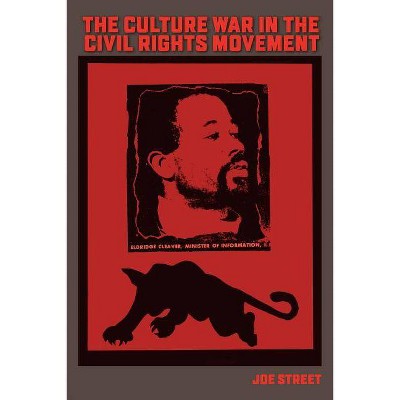Street Culture in Chengdu - by Di Wang (Paperback)

Similar Products
Products of same category from the store
AllProduct info
<p/><br></br><p><b> About the Book </b></p></br></br>A study of the lively street culture in Chengdu from 1870 to 1930, this book explores the relationship between urban commoners and public space, the role of community and neighborhood in public life, and how the reform movement and Republican revolution transformed everyday life in this inland city.<p/><br></br><p><b> Book Synopsis </b></p></br></br>A study of the lively street culture in Chengdu from 1870 to 1930, this book explores the relationship between urban commoners and public space, the role of community and neighborhood in public life, and how the reform movement and Republican revolution transformed everyday life in this inland city.<p/><br></br><p><b> Review Quotes </b></p></br></br><br>...the book offers a wealth of information about local customs and traditions in inland China and never fails to keep one engaged.--<i>Journal of Chinese Political Science</i><br><br>Overall, the book is well researched, carefully documented, and masterfully crafted.--<i>Asian Studies Review</i><br><br>The descriptive power of the book (aided by carefully chosen drawings and photographs) helps us visualize an important city in transition. Sharp analyses throughout make sense of practices and institutions otherwise obscure to many of us, such as 'bamboo-branch poetry, ' 'chicken-feathers inns, ' the 'Climbing High to Escape Disease Festival, '...to name a few examples covered in this encyclopedic and engaging work.--<i>Harvard Journal of Asiatic Studies</i><br><br>This carefully researched study is a fine example of the kind of fine-grained social history being produced by the new generation of young Chinese historians.--<i>The China Quarterly</i><br><br>This is an engaging and wonderfully readable account of everyday life and popular culture in an indigenous Chinese city at the time of social transition and political turmoil. The book is a fine example of how China's national politics affected the lives of the common people in a particular region. Wang is passionate about his subject, discerning in his analysis, and robus in his presentation. Dozens of photos and drawings, carefully selected from early twentieth century local pictorials, missionary books, and personal collections, provide good allies for the text. Students of Chinese urban history will find this book both riveting and edifying.--<i>American Historical Review</i><br><br>This well-researched book paints a colorful tapestry of street life in a major metropolis in southwestern China.--<i>Journal of Interdisciplinary History</i><br><p/><br></br><p><b> About the Author </b></p></br></br>Di Wang is Professor of History at Texas A & M University. He is also the author of <i>The Teahouse: Small Business, Everyday Culture, and Public Politics in Chengdu, 1900-1950</i> (Stanford, 2008).
Price History
Price Archive shows prices from various stores, lets you see history and find the cheapest. There is no actual sale on the website. For all support, inquiry and suggestion messagescommunication@pricearchive.us




















